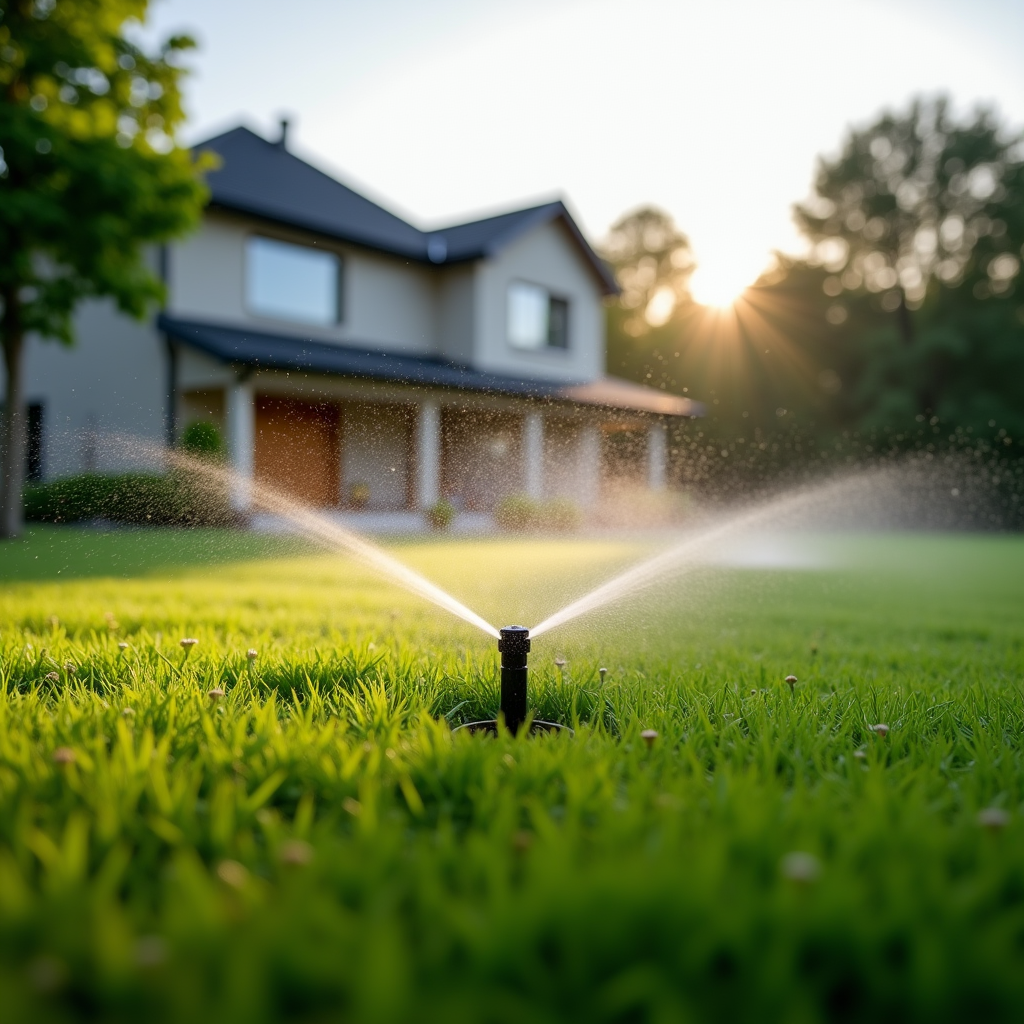Introduction
In a world where urbanization is on the rise and green spaces are shrinking, community gardens have emerged as a beacon of hope. They serve not only as places to grow food but also http://alexisjtsf184.raidersfanteamshop.com/choosing-between-hardscape-and-softscape-when-planning-exterior-illumination as vibrant hubs for community engagement, education, and collaboration. As we delve into the intricacies of community gardens, we'll explore how these collaborative landscape designs benefit everyone involved—gardeners, local residents, and the environment alike.

Community Gardens: Collaborative Landscape Designs That Benefit All
At their core, community gardens are about more than just planting seeds; they’re about sowing connections among people. These gardens can transform unused or underutilized spaces into lush landscapes filled with fruits, vegetables, and flowers. The beauty of these collaborative landscape designs lies in their ability to foster cooperation among diverse groups of people while promoting sustainability and ecological awareness.
The Importance of Community Gardens
What Are Community Gardens?
Community gardens are plotted areas where individuals come together to cultivate plants collectively. But they’re not just a collection of individual plots; they represent shared responsibility and mutual support.
Why Are They Important for Communities?
Food Security: They provide fresh produce to neighborhoods that might lack access to grocery stores. Social Cohesion: These gardens bring people together from various backgrounds to work towards a common goal. Environmental Benefits: They contribute to biodiversity by creating habitats for pollinators and other wildlife.How Do They Enhance Urban Landscapes?
Community gardens enhance urban landscapes by adding greenery where it’s most needed. This helps alleviate the heat island effect that often plagues cities and improves air quality.
The Role of Local Governments in Supporting Community Gardens
Local governments play a pivotal role in establishing and maintaining community gardens through policies that promote land use for gardening instead of development.
Designing a Community Garden: Key Elements
Understanding Landscape Design Principles
When it comes to designing a community garden, understanding basic landscape design principles is crucial:
- Functionality: Each element must serve a clear purpose. Aesthetics: Visual appeal can attract more participants. Sustainability: Native plants should be prioritized to minimize water usage.
Selecting the Right Location
Choosing the right location can make or break a community garden. Consider factors such as sunlight, soil quality, and accessibility for all participants.
Soil Testing and Preparation
Before planting anything, conduct soil tests to determine its composition and nutrient levels. This ensures healthy plant growth in your community garden.
Water Accessibility: A Vital Component
Access to water is essential for any garden’s success. Implementing sustainable irrigation practices helps conserve resources while ensuring plants thrive.
Collaborative Efforts in Community Gardening
Building a Diverse Team of Gardeners
Diversity enriches the gardening experience by incorporating varying perspectives and skills. It can lead to innovative solutions for challenges faced within the garden.
Establishing Roles and Responsibilities
Clearly define roles within the team—whether it’s managing finances or organizing seasonal events—to ensure smooth operations throughout the gardening season.
Communication Strategies for Success
Effective communication is vital for teamwork. Regular meetings can help keep everyone informed about upcoming tasks and events.
Education Through Gardening: Workshops and Classes
Offering Gardening Workshops
Hosting workshops on topics like organic gardening, composting, or pest management provides valuable knowledge while fostering community spirit.

Incorporating Children into Gardening Activities
Engaging children through educational programs teaches them about sustainability while instilling a love for gardening from an early age.
Collaboration with Local Schools
Partnering with schools creates opportunities for students to learn hands-on about agriculture and science through real-life applications in the garden setting.
Health Benefits Associated With Community Gardens
Physical Health Improvements
Gardening is great exercise! The physical activity involved promotes cardiovascular health, strength building, and flexibility.

Mental Health Benefits
Spending time in nature has been shown to reduce stress levels significantly. Community gardens offer tranquil spaces for relaxation amidst busy urban life.
Environmental Impact of Community Gardens
Biodiversity Promotion
By incorporating various plants into one space, community gardens encourage biodiversity which benefits local ecosystems immensely.
Pollinator Habitats
Creating environments conducive to pollinators supports not just your garden but also local agriculture by enhancing pollination services across the board!
FAQs About Community Gardens
1. What do I need to start my own community garden?
To start your own community garden, you’ll need land access (with permission), tools, seeds/plants, water supply, and enthusiastic volunteers!
2. How can I get involved in existing community gardens?
Search online or check local bulletin boards for announcements regarding existing projects looking for volunteers or members!
3. Are there costs associated with starting or maintaining a community garden?
Costs may include materials for construction (like raised beds), seeds/plants, tools & equipment maintenance fees; however some grants may be available too!
4. Can anyone participate in a community garden?
Yes! Most community gardens welcome anyone interested regardless of experience level; feel free reach out beforehand if unsure!
5. What should I grow in my community garden?
Consider growing vegetables/herbs preferred by members participating—this encourages contribution from all gardeners involved!
6. How do I deal with pests naturally?
Natural pest control strategies include companion planting & introducing beneficial insects that prey on harmful pests without chemicals!
Conclusion
In summary, community gardens embody collaborative landscape designs that yield numerous benefits—for individuals as well as communities at large! As urban areas continue expanding outwardly toward concrete jungles devoid of greenery—these vibrant spaces help cultivate not just crops but also relationships among neighbors fostering unity towards shared goals!
So why wait? Whether you’re an experienced gardener or just someone seeking connection—we encourage you dive into this rewarding endeavor today!
By engaging actively within our communities—and embracing teamwork through landscape design initiatives—we can create thriving horticultural ecosystems that nourish both body & soul alike!
Let’s get planting together!